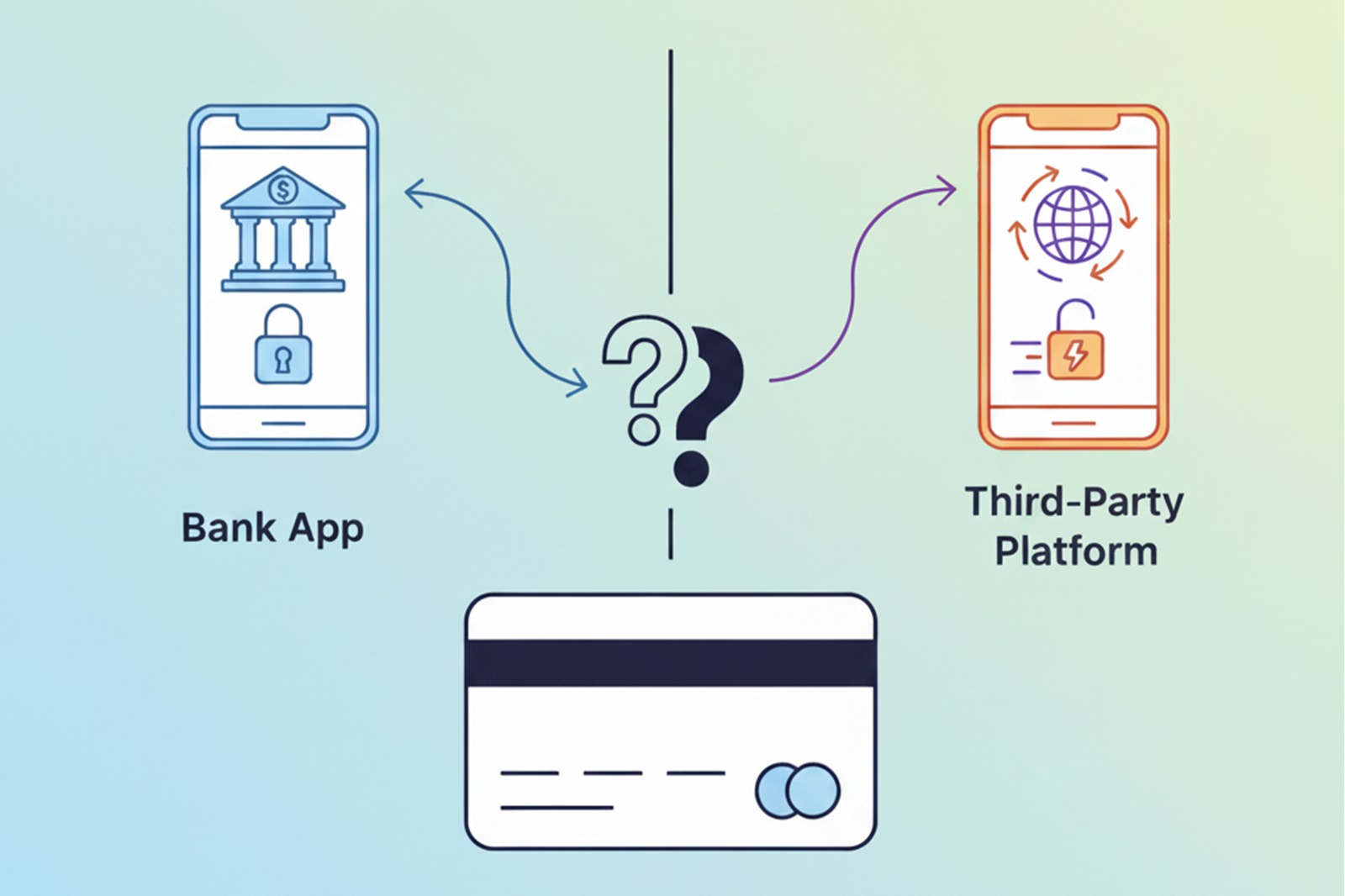 March 21, 2025
March 21, 2025
Managing credit card bill payments has become more streamlined through both bank-operated applications and third-party platforms. A clear understanding of their respective functionalities can assist users in selecting the most effective solution.
Banking apps provide direct, secure channels for credit card bill settlement through various methods:
Third-party Platforms: Flexible and User-centric Alternatives
Third-party platforms, operating under the Bharat Bill Payment System (BBPS), offer enhanced convenience and broader accessibility. Key attributes include:
Making an Informed Choice
By comparing the capabilities of bank apps and third-party platforms, users can identify the most suitable method for managing credit card payments. Each option presents distinct advantages in terms of convenience, security, and functionality—empowering individuals to maintain financial discipline with confidence.